The weapon of the century. Artillery, the best guns
Most advanced self-propelled gun: Self-propelled howitzer PZH 2000
Country: Germany
developed by: 1998
Caliber: 155 mm
Weight: 55,73 t
Barrel length: 8,06 m
Rate of Fire: 10 fps / min
Range: up to 56 000 m
The mysterious letters PZH in the name of the self-propelled howitzer, which is today considered the most advanced of the mass-produced self-propelled systems, can be easily deciphered: Panzerhaubitze (armored howitzer).
If you do not take into account exotics like the “Paris Cannon” or the experimental American-Canadian HARP cannon, which bombarded the shells at 180 km altitude, then PZH 2000 is the world record holder in firing range - 56km. However, this result was achieved during test firing in South Africa, where a special V-LAP projectile was used, using not only the energy of powder gases in the barrel, but also its own jet thrust. In “ordinary life”, the German self-propelled gun's firing range is within the 30 – 50 km, which roughly corresponds to the parameters of the Soviet 203-mm self-propelled howitzer 2 – 7 “Pion”.
Of course, in terms of the rate of fire "Peony" to PZH 2000 as the moon - 2,5 rpm against 10. On the other hand, the “classmate” of the German howitzer– the modern “Msta-S” with 7 – 8 shots per minute looks quite good, although it is inferior in firing range.
The gun was developed by the German company Krauss-Maffeu Wegmann, within the framework of the so-called Joint Memorandum of Understanding in the field of ballistics, concluded between Italy, Great Britain and Germany. Self-propelled gun is equipped with 155-mm gun L52 produced by Rheinmetall. The 8-meter (52 caliber) barrel is chrome-plated over the entire length and equipped with a muzzle brake as well as an ejector. The drive is electric, the loading is automatic, which ensures a high rate of fire. The machine uses a multi-fuel diesel engine MTU-881 with hydromechanical transmission HSWL. Motor power - 986 HP PZH2000 has a power reserve of 420 km and can move with a maximum speed of 60km / h on roads and 45km / h on rough terrain.
Fortunately big wars where arms, like PZH 2000, would have been a worthy use, has not happened in the world so far, however, there is experience of the combat use of self-propelled guns in the international peacekeeping forces in Afghanistan. This experience brought with it reasons for criticism - the Dutch did not like that the protection system against radioactive, biological and chemical effects turned out to be defenseless against all-penetrating dust. It was also necessary to equip the turret with additional armor to protect the crew from mortar attacks.
The heaviest self-propelled gun: self-propelled mortar Karl-Gerat
Country: Germany
Start of production: 1940
Caliber: 600 / 540 mm
Weight: 126 t
Barrel length: 4,2 / 6,24 m
Rate of Fire: 1 shot / 10 min
Range: up to 6700 m
A tracked vehicle with an awkwardly large-caliber weapon looks like a parody of armored vehicles, but this large object has found its combat use. Production of six self-propelled 600-mm mortars such as "Karl" was an important sign of the militaristic revival of Nazi Germany. The Germans were eager for revenge for the First World War and were preparing the right equipment for future Verduns. Strong nuts, however, had to be smashed in a completely different end of Europe, and two of Karl's, the Torah and Odin, were destined to disembark in the Crimea to help the Nazis seize Sevastopol. Having fired several dozen concrete-and high-explosive shells on the heroic 30 battery, mortars brought down its tools. Mortars were really self-propelled: they were equipped with tracks and 12-cylinder diesel engine Daimler-Benz 507 with HP 750 power. However, these hulks could move under their own power only at a speed of 5 km / h, and then over short distances. Of course, there could be no question of any maneuvering in battle.
The most modern Russian self-propelled gun: "Msta-S"
Country: USSR
Adopted by: 1989
Caliber: 152 mm
Weight: 43,56 t
Barrel length: 7,144 m
Rate of Fire: 7 – 8 fps / min
Range: up to 24 700 m
"Msta-S" - a self-propelled howitzer (index 2C19) - the most advanced self-propelled gun in Russia, despite the fact that it entered service in 1989. Msta-S is designed to destroy tactical nuclear weapons, artillery and mortar batteries, tanks and other armored equipment, anti-tank weapons, manpower, air defense and missile defense systems, command posts, as well as for the destruction of field fortifications and obstructing the enemy’s reserves in the depths of their defense. It can fire on observable and unobservable targets from closed positions and direct fire, including work in mountainous conditions. The reload system allows you to fire at any angles of guidance in the direction and elevation of the gun with maximum rate of fire without returning the gun to the loading line. The mass of the projectile exceeds 42 kg, therefore, to facilitate the work of the loader from the warhead, they are fed automatically. The mechanism for supplying charges is a semi-automatic type. The presence of additional conveyors for supplying ammunition from the ground allows for firing without spending internal ammunition.
The largest naval gun: the main caliber of the battleship "Yamato"
Country: Japan
adopted: 1940
Caliber: 460 mm
Weight: 147,3 t
Barrel length: 21,13 m
Rate of Fire: 2 fps / min
Range: 42 000 m
One of the last in stories dreadnought - battleship "Yamato", armed with nine weapons of unprecedented caliber - 460 mm, could not effectively use its firepower. The main caliber was launched only once - on October 25, 1944 near the island of Samar (Philippines). American damage the fleetturned out to be extremely insignificant. Eastern time, the aircraft carriers simply did not allow the battleship to approach the distance of the shot and, finally, destroyed it with the forces of the deck aviation 7 April 1945 of the year.
The most massive gun of the Second World: 76,2-mm field gun ZIS-3
Country: USSR
developed by: 1941
Caliber: 76,2 mm
Weight: 1,2 t
Barrel length 3,048 m
Rate of fire: up to 25 rds / min
Range: 13 290 m
The design tool V.G. Grabin was distinguished by simplicity of design, it was not very demanding on the quality of materials and metalworking, that is, it was ideally suited for mass production. The gun was not a masterpiece of mechanics, which, of course, affected the accuracy of shooting, but the quantity was then considered more important than quality.
The biggest mortar: Little David
Country: USA
test beginning: 1944
Caliber: 914 mm
Weight: 36,3 t
Barrel length: 6,7 m
Rate of fire: no data
Range: 9700 m
During the Second World War, the Americans were not noticed by artillery giantomania, but still, one outstanding achievement belongs to them. Little David's giant mortar with a monstrous caliber 914 mm was the prototype of a heavy siege weapon with which America was going to storm the Japanese islands. The 1678kg projectile, of course, would have “brought a rustling sound”, but “little David” suffered from the diseases of medieval mortars - it was close and inaccurate. As a result, in order to intimidate the Japanese, something more interesting was found, but the superminomer never fought.
The largest railway implement: Dora
Country: Germany
test: 1941
Caliber: 807 mm
Weight: 1350 t
Barrel length: 32,48 m
Rate of Fire: 14 rds / day
Range: 39 000 m
“Dora” and “Heavy Gustav” are two supermonters of the world artillery caliber 800 mm, which the Germans prepared for breaking through the Maginot line. But, like self-propelled guns “Thor” and “Odin”, “Dora” was eventually driven under Sevastopol. The gun was directly served by the calculation of 250 people, another ten times more fighters performed auxiliary functions. However, the accuracy of the 5 – 7-ton shells was not very high, some of them fell without breaking. The main effect of Dora’s shelling was psychological.
The hardest Soviet weapon of the Second World War: Howitzer B-4
203,4-mm howitzer, probably one of the most important contenders for the title of "weapon of victory." While the Red Army was retreating, there was no need for such a weapon, but as soon as our troops went to the west, the howitzer was very useful in breaking through the walls of Polish and German cities that had been turned into "festivals". The gun got the nickname “St-lin sledgehammer”, although the nickname was not given by the Germans, but by the Finns who met B-4 on Mannerheim’s line.
Country: USSR
Adopted by: 1934
Caliber: 203,4 mm
Weight: 17,7 t
Barrel length: 5,087 m
Rate of Fire: 1 shot / 2 min
Range: 17 890 m
The largest towed cannon: M-Gerat siege mortar
Country: Germany
Adopted by: 1913
Caliber: 420 mm
Weight: 42,6 t
Barrel length: 6,72 m
Rate of Fire: 1 shot / 8 min
Range: 12 300 m
"Big Bertha" was a good compromise between power and mobility. This is exactly what the designers of the Krupp company, inspired by the successes of the Japanese, who stormed Port Arthur with the help of large-caliber sea guns, achieved. Unlike its predecessor, the Gamma-GerКt mortar, which fired from a concrete lodgement, the “Big Bertha” did not require a special installation, and was towed to a combat position by a tractor. Her 820-kg shells successfully crushed the concrete walls of the forts of Liege, but in Verdun, where reinforced concrete was used in fortifications, were not as effective.
Most long-range weapon: Kaiser Wilhelm Geschotz
Country: Germany
adopted: 1918
Caliber: 211 – 238 mm
Weight: 232 t
Barrel length: 28 m
Rate of Fire: 6 – 7 rds / day
Range: 130 000 m
The barrel of this gun, also known as the Paris Cannon, the Colossal or the Kaiser Wilhelm Cannon, was a collection of pipes inserted into the drilled mouth of a naval gun. This "whip", so as not to dangle too much when fired, was strengthened with a stretch, like the one used to support crane arrows. And still, after the shot, the barrel was shaken by long-lasting oscillations. Nevertheless, in March 1918, the gun was able to stun the inhabitants of Paris, who thought that the front was far away. Flying 130 km 120-kg shells killed more than a month and a half of shelling more than 250 Parisians.
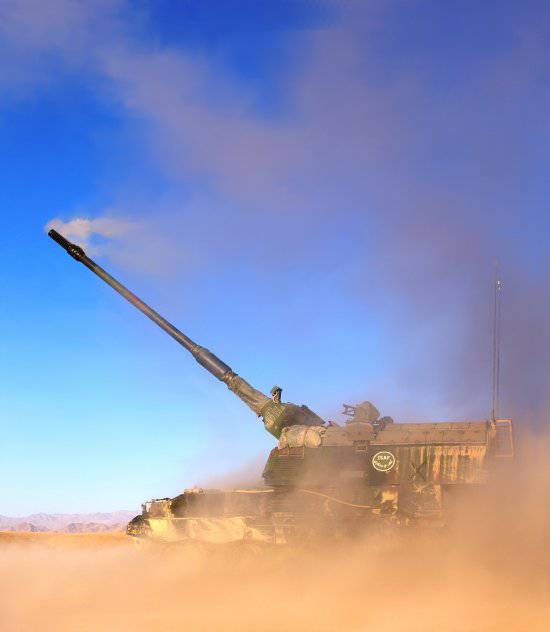
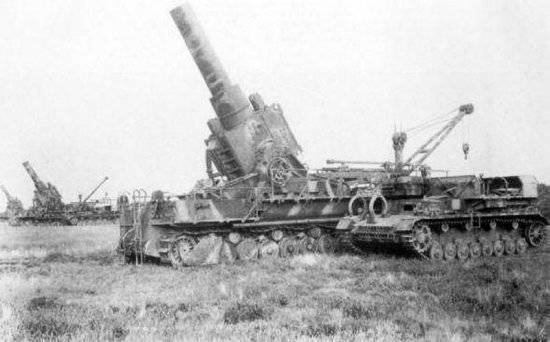
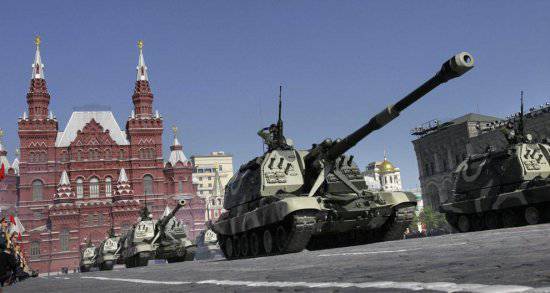
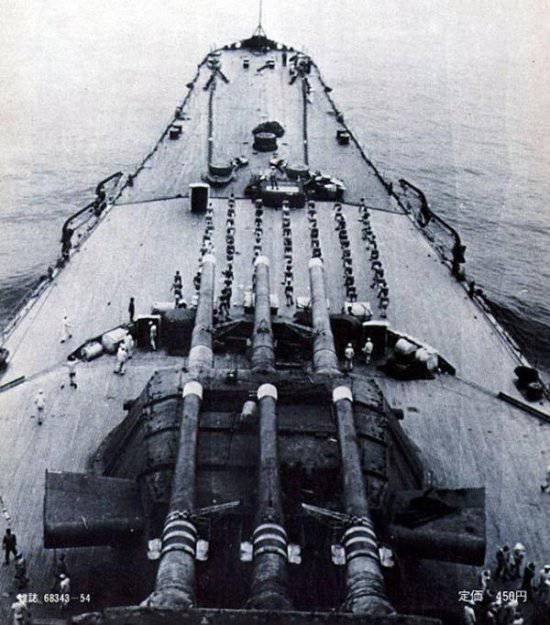
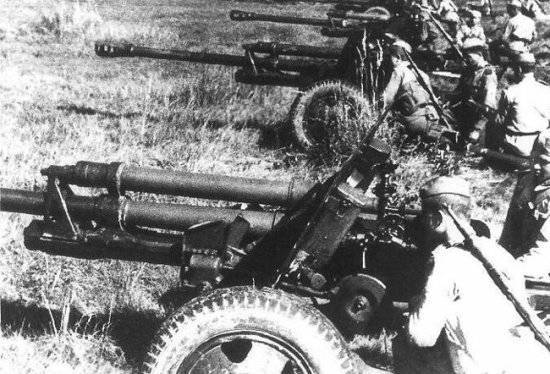
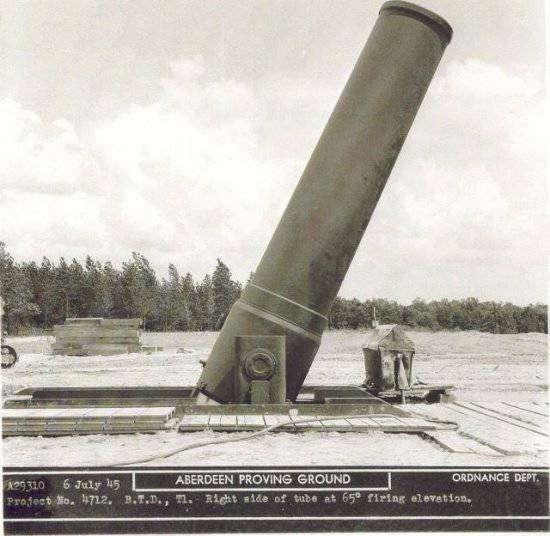
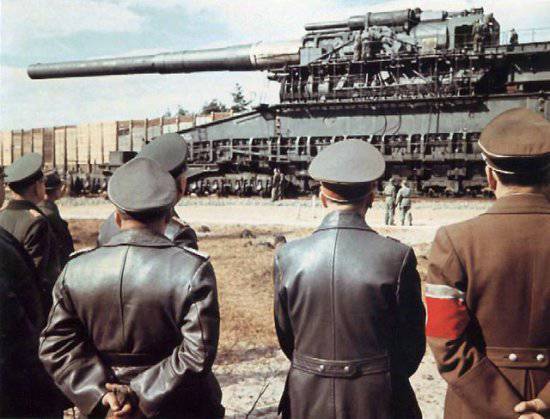
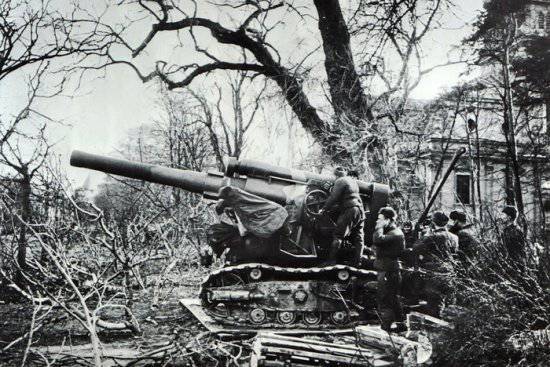
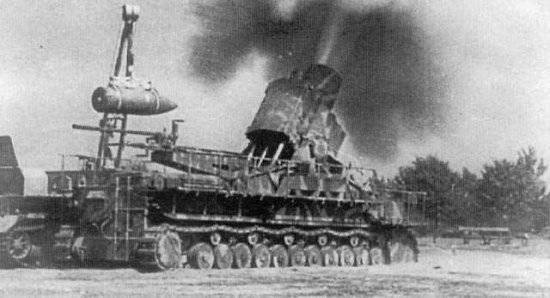
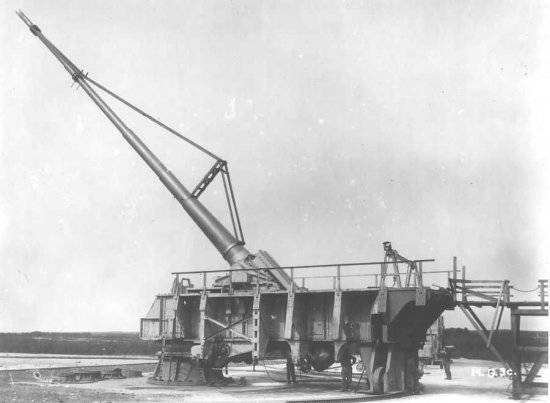
Information